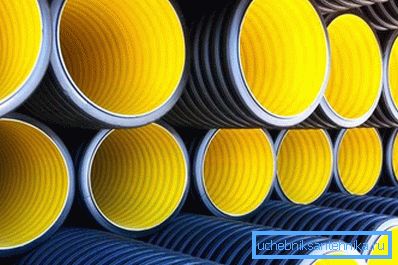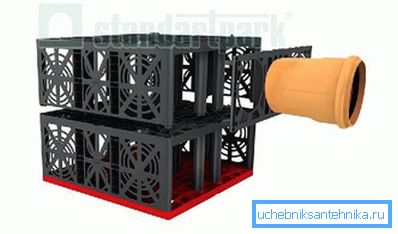Underground engineering communications
At present, every city, region, state, and the world as a whole has a highly developed communal infrastructure, which is designed to help meet the daily needs of citizens. Now it is difficult to imagine the absence of plumbing, hot or cold water, basic sanitary amenities, or heating and gas supply. These or other communications are used by all of us on a daily basis. With the purpose of providing the population with the necessary communal amenities, all kinds of underground utilities have been created.
So what are underground utilities?
Underground utilities are, as a rule, linear structures that function to transport water, gas and electricity. These structures are in the form of pipelines, cable or linear collectors.
Pipeline
A pipeline is an engineering structure whose main function is to transport all kinds of liquid substances under the influence of the pressure amplitude in cross sections of this device.
In turn, the pipelines are classified as pressure and gravity. By means of the pressure pipeline they forward products in a liquid and gaseous state. The pressure pipeline acts as a water supply, heating, gas and specialized pipelines. With the help of a gravity flow pipeline, wastewater, atmospheric and groundwater are diverted in order to lower (drain) their level.

Cable line
A cable line is a line for transporting electricity or its individual pulses and, as a rule, consists of one or several parallel cables connected to each other. Cable lines are classified as high or low voltage power cables and are used in telephony, telegraphy, television, broadcasting, etc.
Collector
The collector is a technical element used in boiler, heating and water supply systems, for the purpose of mixing or dispensing substances from parallel branches. Collectors serve with the purpose of the combined equipment of engineering communications of every possible purpose, as a rule, this is a water supply system, heating plant or power lines.
Having understood the reasons for the need to install engineering underground utilities, we will analyze the process itself and the principles by which all this becomes possible.
Principles of location of underground utilities
Underground utilities are usually located at a distance of at least 2–3 meters from the foundation of nearby structures. The critical distance between the communications of all purposes according to the plan and height must correspond to 0.5–1 meters.
The permissible error is the interval from 10 to 15 centimeters. Accuracy of high-altitude placement of communications depends on the design marks and slopes. The error of marks allowed for gravity pipelines can be no more than 5–10 mm, for pressure pipes - 30 mm, in other cases - 50 mm.
Bends and tie-ins in gravity networks are equipped with wells. On the travel side, underground communications should be parallel to the red lines of nearby buildings. Plumbing, heat and gas inlets in buildings are installed at right angles to the contour of the building.
Diameters of gravity pipelines and diameters of heating networks are able to increase in the wells, in the direction from the serviced structures to the collector line. The diameter of the pressure pipe can also increase in the inter-well span, this increase is analogous to that for gravity communications. For underground utilities, discontinuities are unacceptable.
Types of engineering communications on the current market
In order to improve the level of the communal infrastructure of our country in the best possible way and with better quality, there are many modern and high-tech devices and devices on the domestic market, including:
- PVC pipes for outdoor sewage;
- drainage pipes;
- drainage wells (http://www.standartpark-spb.ru/catalog/drenazhnye-kolodtsy-pl/drenazhnye-kolodtsy/);
- drainage tunnels;
- drainage units - systems for accumulation and infiltration of EcoBloc.

What are the above engineering devices for?
PVC pipes for outdoor sewage - used in the process of installation, replacement or repair of damaged networks. Scope of application is the transportation of domestic, industrial and rain drains.
- Drainage pipes (see here) are pipes used to drain excess moisture from the building.
- Drainage wells are part of a drainage system that serves as a way to control groundwater in order to prevent the destruction of the foundation and the reduction of land productivity.
- Drainage tunnels are a very effective way to remove wastewater from the ground, parking, building roofs, lawns, etc.
Drainage blocks - systems for accumulation and infiltration of EcoBloc - are used to create all sorts of combinations of drainage systems from storm water, are used in the design of commercial and industrial areas, the construction of highways and roads.